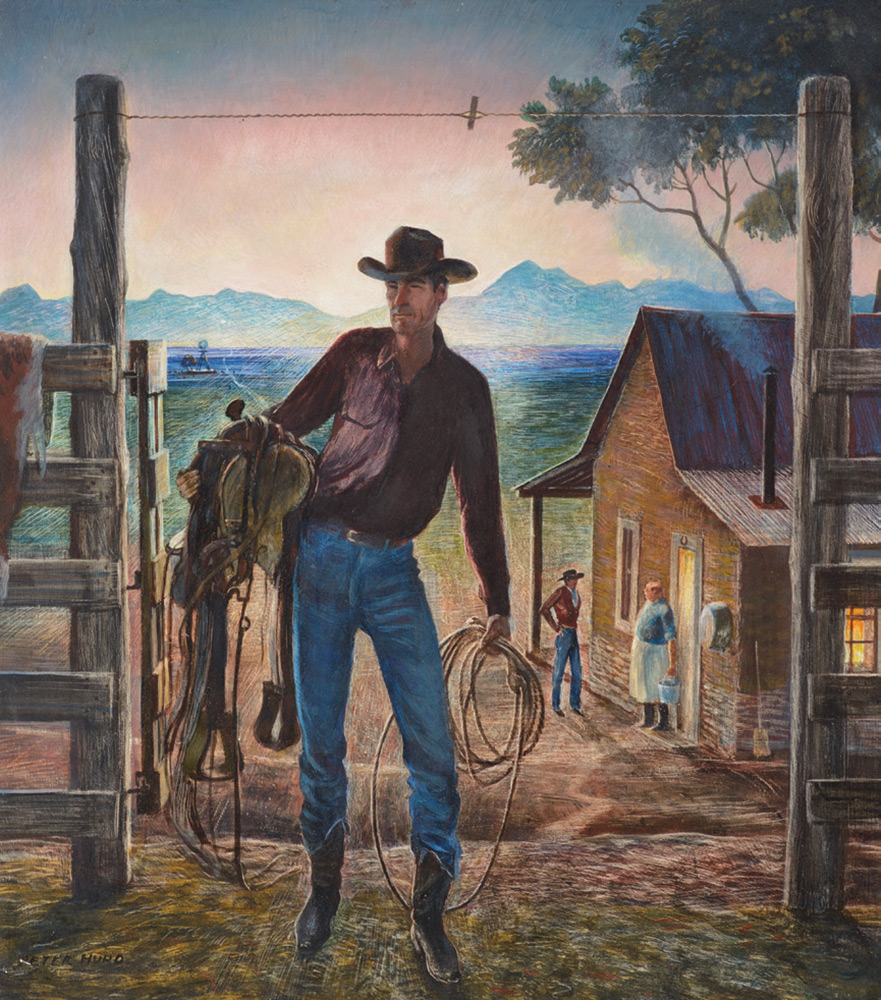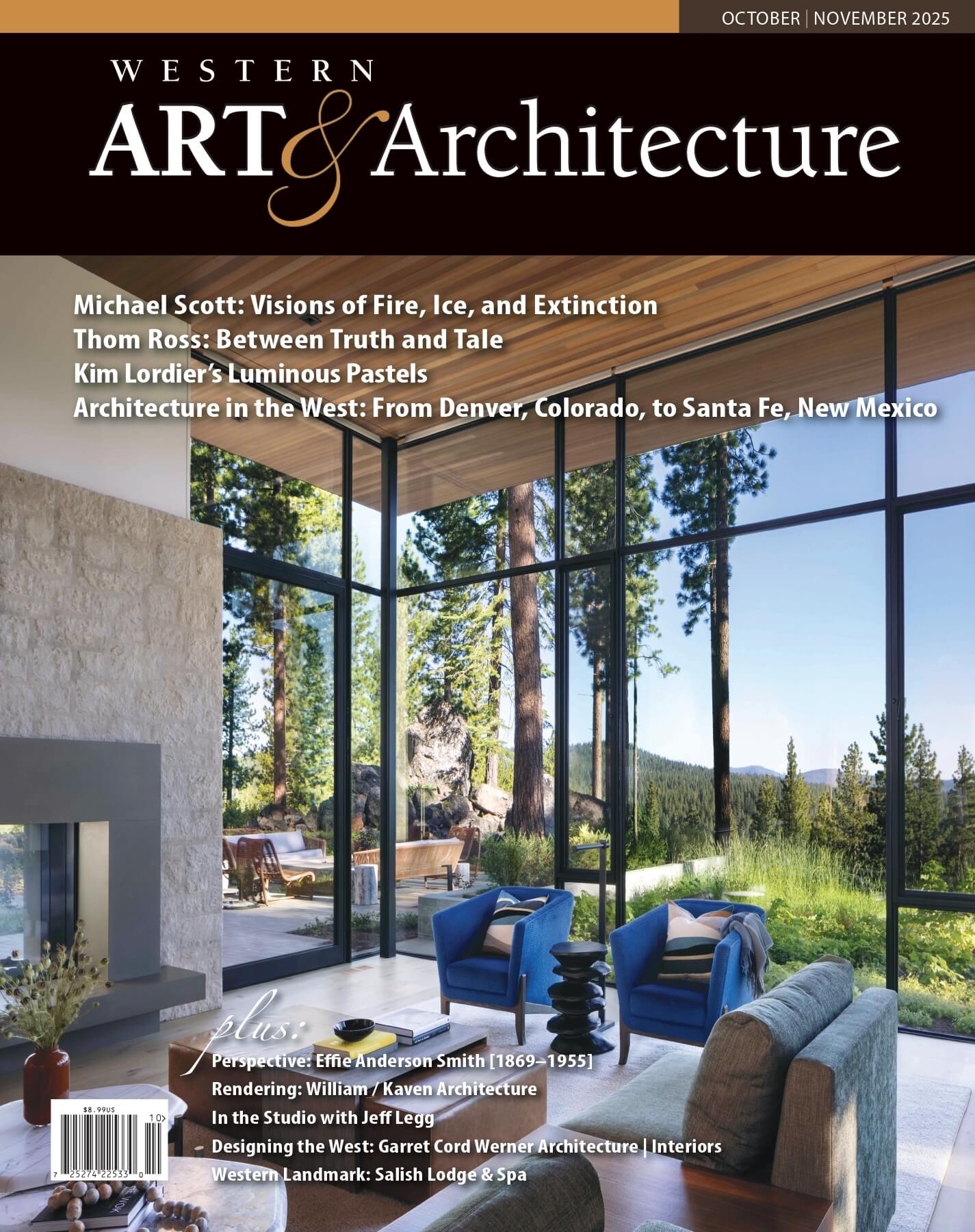
08 Oct Editor’s Note: Questions and Answers
The question of why people create art has led to many poetic musing by some of civilization’s greatest thinkers. Preceding written language, drawing was likely the first expression of human thought hundreds of thousands of years ago. The first known artistic representations — markings made with ground red ochre — occurred around 100,000 B.C. in African rock art, according to The Metropolitan Museum of Art. Geometric shapes and animal forms, hands traced on a cave wall… Why did our prehistoric ancestors feel compelled to leave those marks? Why at that moment and in that place?
We’ll never fully know the intentions behind those early drawings. But the human mind, unique among living creatures for its imagination, seems designed to share our experiences through symbolism, color, light, and shadow; art is a defining characteristic of our species. In each issue of Western Art & Architecture, we explore the reasons why art is created, and why it’s meaningful to the creator and the collector.
The “why” for artist John Nieto [1936–2018] involved reinvigorating Western subjects that are indispensable figures in American history. He sought to bring a unique vision to his genre, just as the master painters he admired did before him (“Perspective”).
The “why” for architect Jeff Kovel, principal of Skylab, is to “demonstrate a better way to build things on this planet” and to imagine new solutions for how landscapes, architecture, people, and nature can more cohesively exist (“Rendering”).
In this issue, we feature painter Tracy Stuckey, who explores the images of the mythological West in order to better understand the narratives we internalize. Meanwhile, painter Jay Moore wants to convey emotion through metaphors placed amid quiet landscapes and animal portraits (“Illuminations”).
The “why” for architecture students at Taliesin West is to understand the design principles founded by Frank Lloyd Wright and then practice those principles by designing simple shelters in the Arizona desert (“Amid the Environment”).
The “why” for the members of the Traditional Cowboy Arts Association is about preserving traditions and elevating “craft” into the realm of fine art (“Where Authenticity Meets Artistry”).
We come to understand the curiosity and history behind the “why” of collecting when we read about Forrest Fenn at home. We see his desire to inspire this curiosity in others.
As we read the responses to each “why” from artists and architects in the West, we discover a clearer understanding of this unique human attribute: creativity. I hope you enjoy each answer found inside.
– Christine Rogel, Editor in Chief
In Memoriam
Richard Springgate [1943–2018]
WA&A contributor, Richard Springgate was a widely published, award-winning architectural photographer for 48 years. Traveling from their hometown of Park City, Utah, Richard and his wife, Connie, took pictures around the world. The artistry he brought to each photograph will be missed and his legacy endures in the images he captured and in the lives he touched.






No Comments